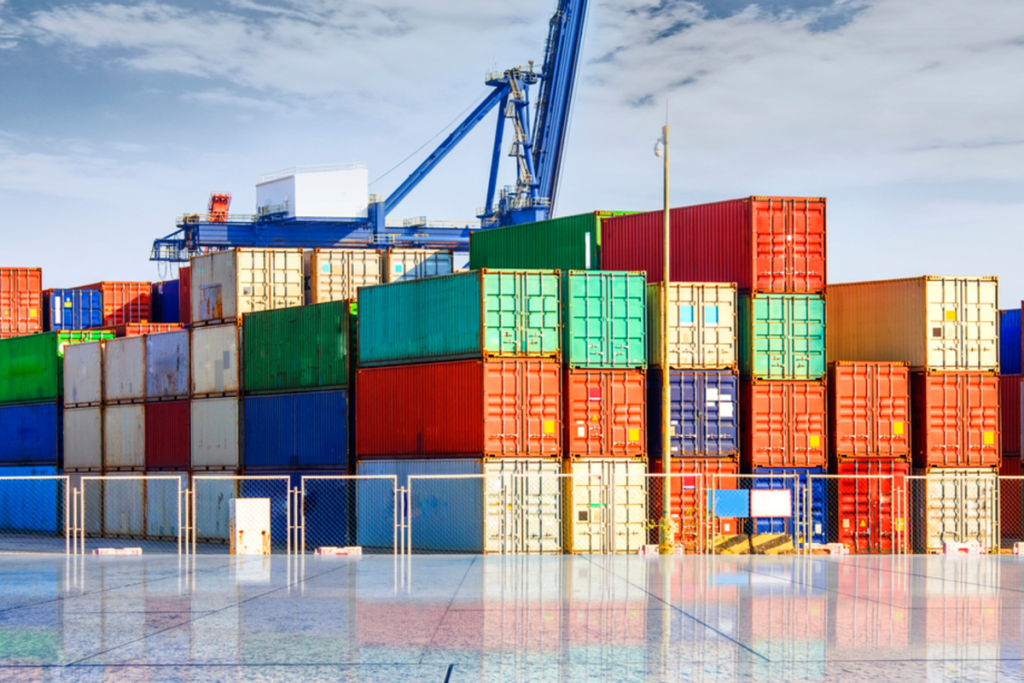Supplier diversity has long been measured by the diversity status of Tier 1 vendors, certified women-owned, minority-owned, or small businesses directly contracted by the enterprise. But as regulatory frameworks mature and stakeholder expectations evolve, this surface-level reporting is no longer sufficient. ESG credibility now demands traceability, beyond prime vendors and into the subcontractor tiers where real spend accumulates.
Progressive procurement teams are responding by building visibility into Tier 2 and Tier 3 supplier networks. This shift not only uncovers hidden contributors to diversity impact but also exposes blind spots where indirect suppliers may contradict stated equity goals or ESG claims.
Tier 1 Optics Can’t Guarantee Tier 2 Integrity
Enterprises may proudly publish figures showing that 12% or more of their supplier spend flows to diverse-owned firms. But without transparency into Tier 2 relationships, where those Tier 1s subcontract, source parts, or outsource service, —those numbers risk being misleading.
A logistics provider, for instance, might qualify as a certified diverse supplier. But the subcontracted warehouse staffing agency or regional transport firm it relies on may not meet any diversity criteria, or may even introduce ESG or reputational risks that go untracked. What looks like compliance on paper often masks exclusion in practice.
This challenge is magnified in complex or global supply chains, where Tier 2 and Tier 3 suppliers are several steps removed from procurement oversight and rarely appear in enterprise resource planning (ERP) systems.
From Representation to Transparency-Driven Impact
Tiered Diversity Mapping: New platforms like Supplier.io and TealBook are helping procurement teams go beyond Tier 1 by enriching supplier profiles with ownership data, certification status, and DEI policies further down the chain. These tools cross-reference public databases, tax identifiers, and certification registries to trace indirect vendor diversity at scale.
Subcontractor Declaration Mandates: Several Fortune 500 companies now require Tier 1 suppliers to submit Tier 2 spend reports, disclosing who they subcontract with, in what categories, and with what percentage of contract value. This turns diversity from a one-time check at onboarding into a monitored supply chain attribute.
Data-Driven ESG Audits: Procurement-led ESG audits increasingly include diversity verification at multiple tiers—not just via self-reported forms but through cross-validated certification data and third-party reviews. Some programs also incentivize Tier 1 vendors to increase spend with diverse subcontractors, aligning incentives across the value chain.
Risk Layering for DEI Gaps: Just as supplier risk models now flag cybersecurity or geopolitical exposure, they’re also being used to identify diversity gaps. Categories with low indirect diversity rates may face additional scrutiny or trigger corrective strategies—especially in regulated industries or public sector procurement.
From Scorekeeping to Structural Equity
What began as a compliance metric is becoming a lever for structural inclusion. The most advanced procurement teams are treating diversity not as a Tier 1 label but as a network-wide attribute, one that requires active governance, credible data, and performance feedback loops.
For CPOs, this means redefining success. It’s no longer enough to count certified vendors. What matters is how deeply diversity is embedded across the sourcing fabric, and whether Tier 2 and Tier 3 transparency is being used to drive equitable access, not just headline figures. In 2025, supplier diversity isn’t just about optics. It’s about operationalizing equity, through visibility, accountability, and multi-tier impact.





